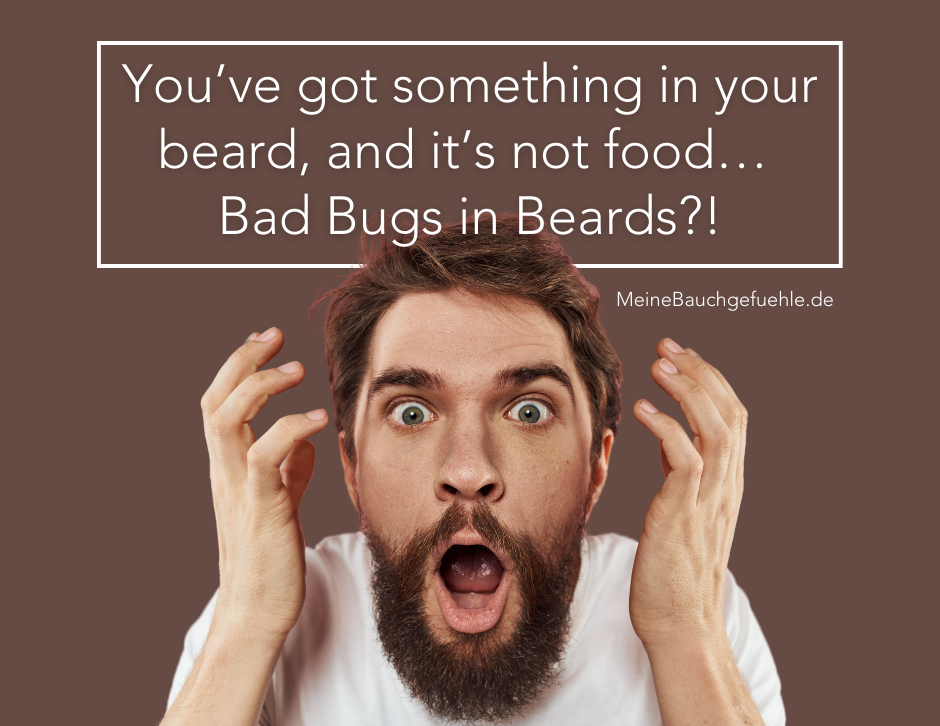Don’t let it get to your head... Dandruff and the Scalp Microbiome
- MB

- 9. Mai 2023
- 2 Min. Lesezeit
Aktualisiert: 24. Mai 2023
Imagine, millions of teeny-tiny bacteria, fungi, yeasts, viruses and mites crawling all over your head... What sounds like a dirty place, might just be exactly what is needed for a healthy scalp and strong, shiny hair. We finally need to get the notion out of our heads that microbes are “bad”. Let’s look at yet another example, that shows the unwanted results of blaming and fighting microbes.
What is going on ON your head?
With approximately 20 m2, the skin is the largest organ of the body. It harbors many different and unique microbiomes, the “top one” being the scalp. On a surface area of 650 cm2, it houses some 100,000 hair follicles that deliver sebum, which lubricates the scalp and hair. [1]
As main inhabitants we find the bacterial genera Cutibacterium and Staphylococcus as well as different fungal Malassezia species. [2] To keep the scalp and hair healthy, these microorganisms produce enzymes, essential amino acids and bacteriocines. They also synthesize B-vitamins like Biotin (B7), which is among other functions crucial for the production of keratin, a structural protein of hair and skin. [3]
(I wrote this article for MyMicrobiome.info and publish it here with kind permission of MyMicrobiome.)
Dandruff?! Who’s to blame?
The research around the scalp microbiome is focused on the role that microbes play in conditions like dandruff or Alopecia (hair loss). Dandruff troubles up to half of the world’s population, affecting more men than women. [4] While in the past, fungi like Malassezia were thought to be the culprit – and dandruff treatments therefore were geared towards fighting fungi – current studies show, that a microbial dysbiosis, involving both fungi and bacteria, is at its root. [5] A dysbiosis can lead to flaking, itching and irritation of the skin, as well as inhibited hair regrowth and even hair loss.
The unseen effects of dandruff
From a medical standpoint, the effects of dandruff might seem minimal, but its annoying and embarrassing aesthetical aspect often causes social and psychological distress like low self-esteem. [5, 4] It is however used to market the plethora of anti-dandruff products that claim to get rid of the unwanted flakes. But the question is: Might most products, that contain harsh ingredients, actually disrupt the microbial balance and thereby even exacerbate the problem?
Choosing products for a healthy scalp
Like our skin, our scalp and hair are greatly impacted by the personal care products we use. If you are overwhelmed and unclear about which shampoo to choose, don’t bury your head in the sand! To keep your scalp healthy, it’s best to avoid over-washing the hair and only using Microbiome-friendly products that don’t disturb microbial growth and diversity.
Our scalps, too, are showing yet again the importance of a balanced microbiome. So, hats off to our tiny friends, that take care of our health from head to toe.
Sources / References:
I appreciate you sharing your thoughts, Aha’s and questions in the comments below this blog.



Kommentare